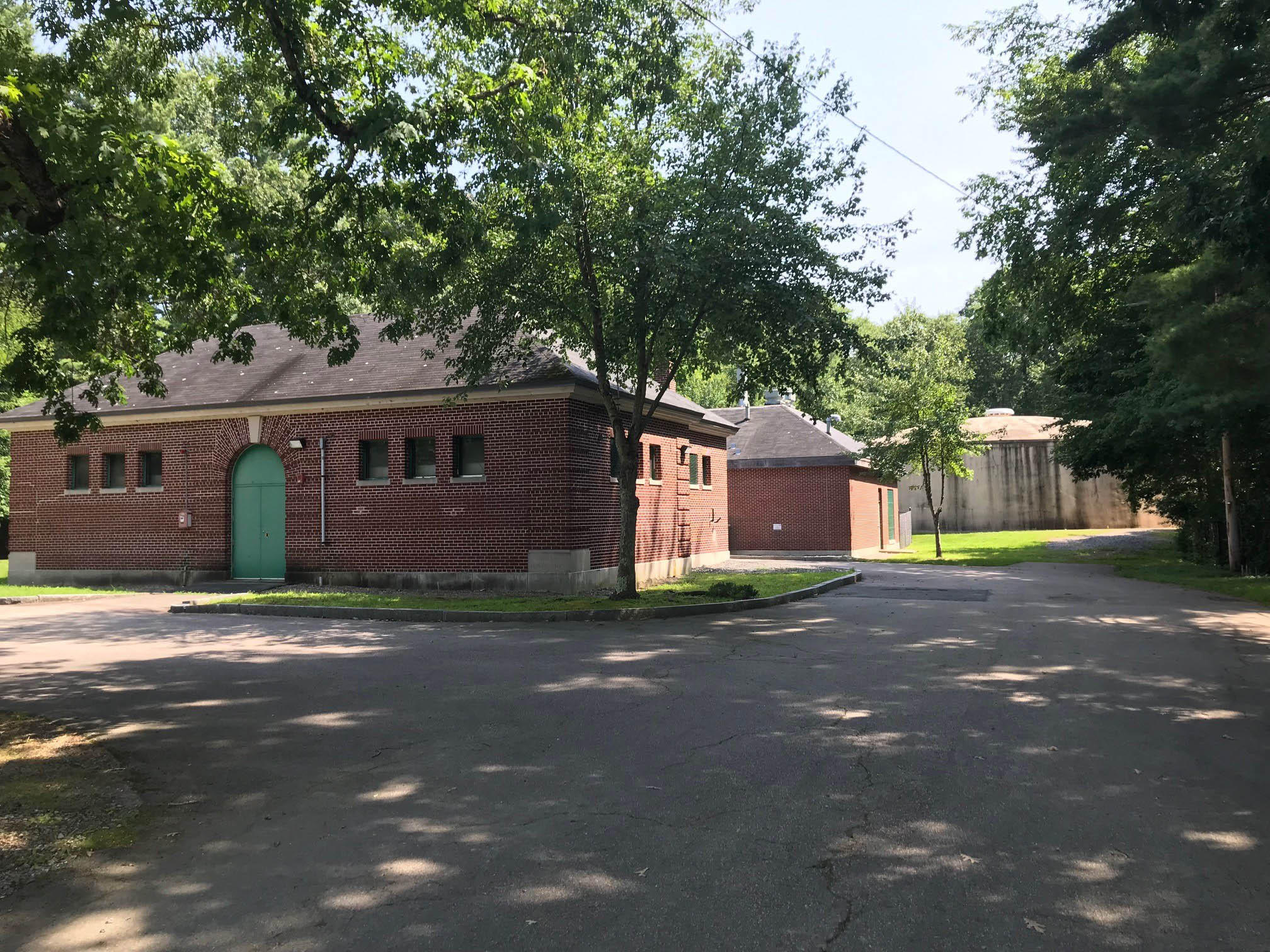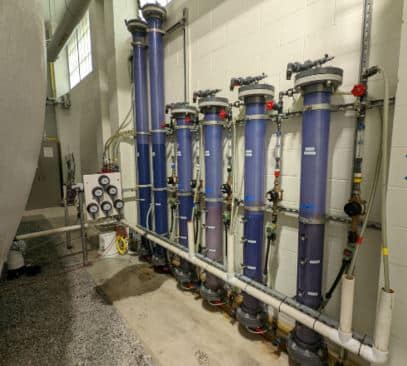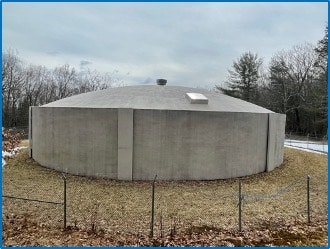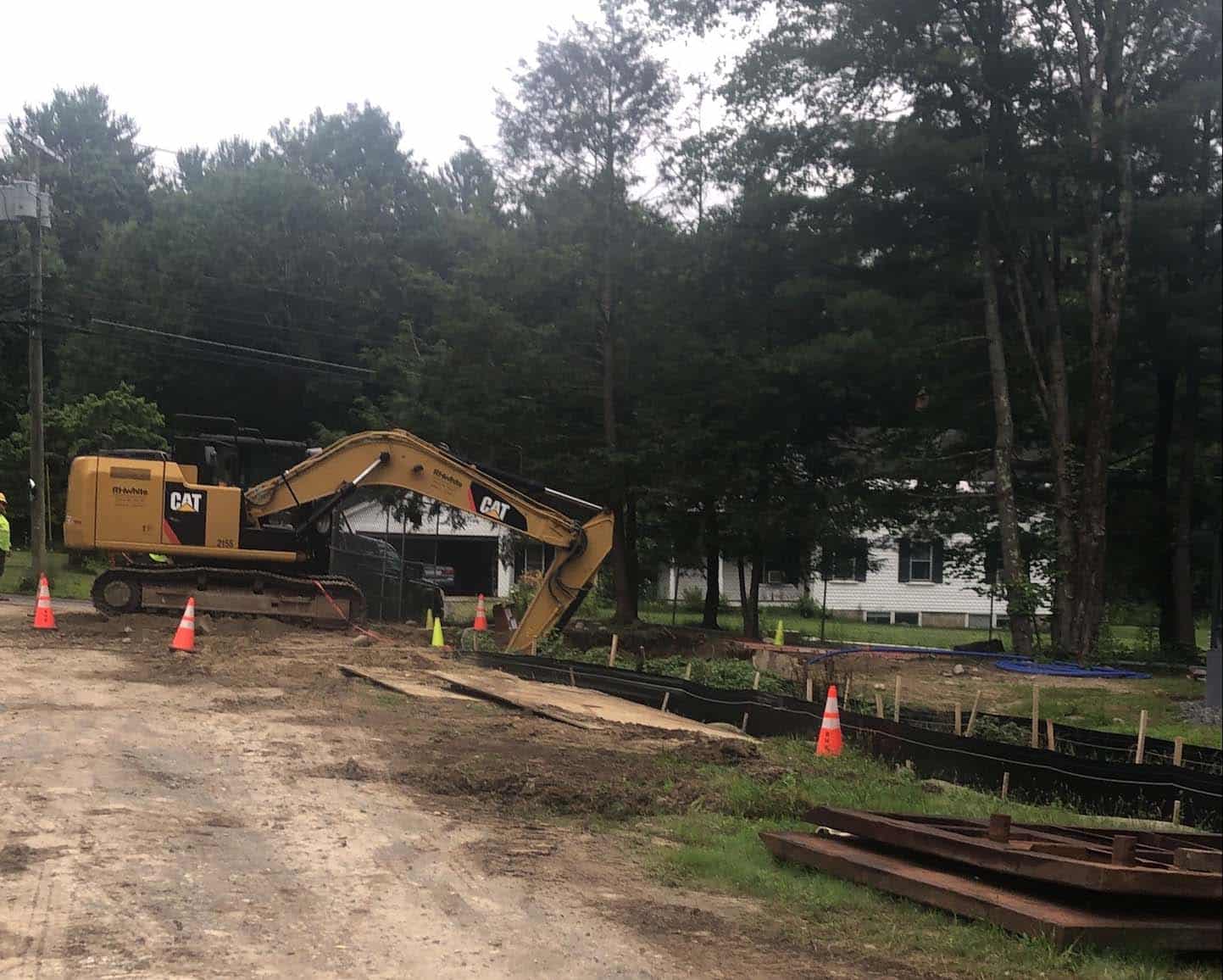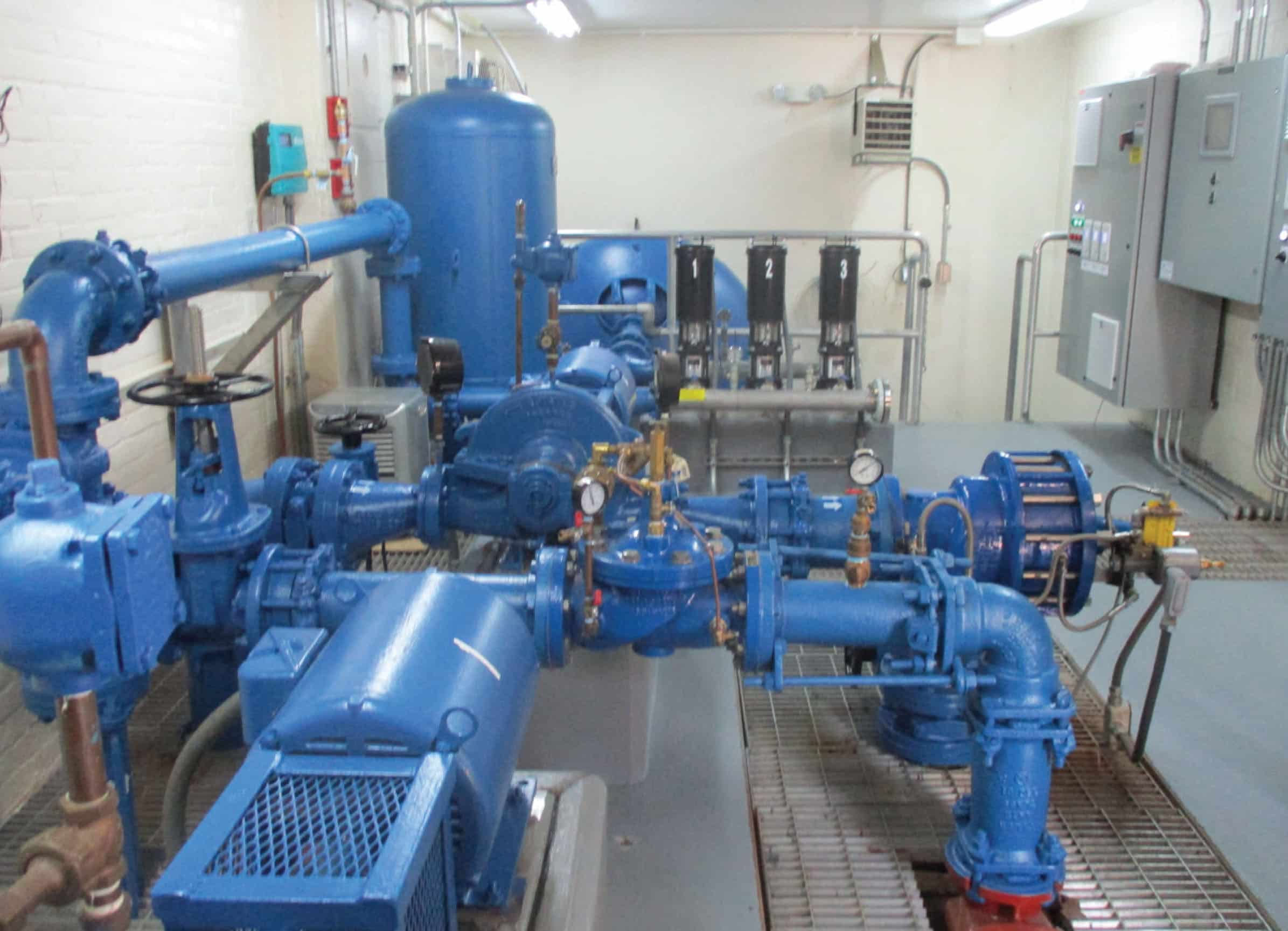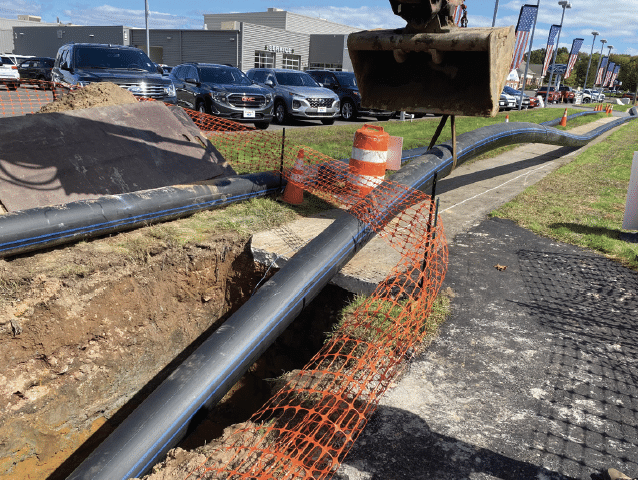Dam Emergency Action Plans (EAPs) in Connecticut
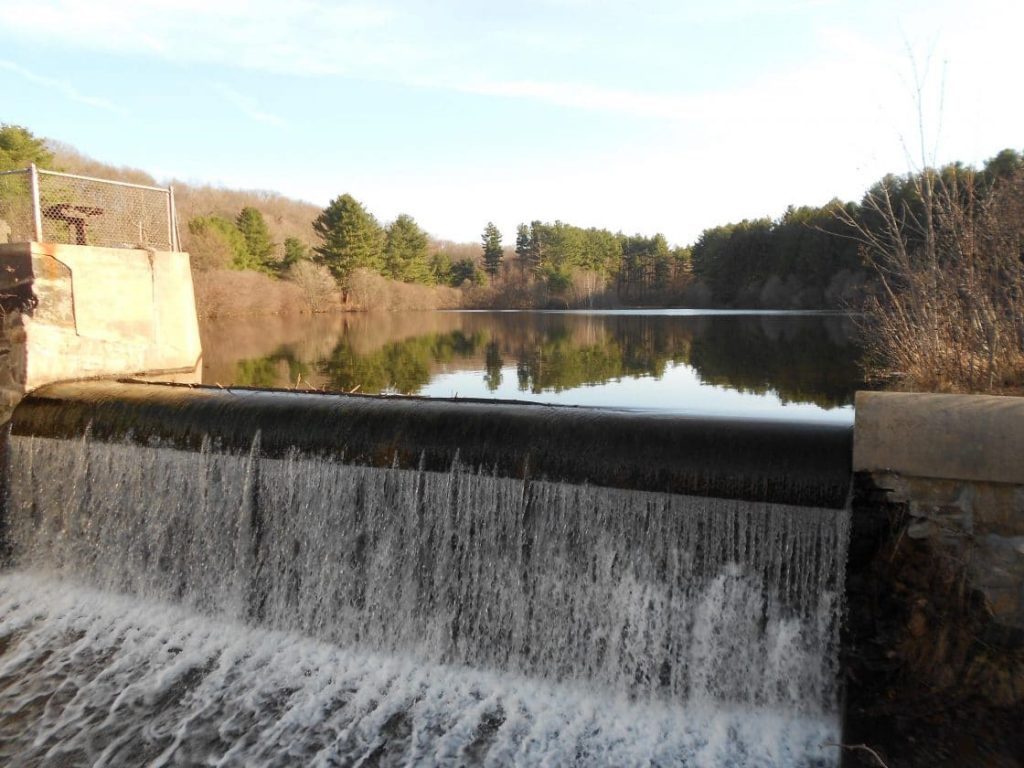
Tata & Howard has prepared numerous dam emergency action plans (EAPs) for Connecticut dams in accordance with CT DEEP regulations. Between 2015 and 2017, we have completed 52 EAPs for significant and high hazard dams throughout Connecticut. Our clients have included municipalities, private dam owners, and the CT DEEP. The EAPs include the following:
- Preparation of an inundation map and flood inundation summary table for the EAP based on the dam failure analysis. The inundation maps include the limits of potential flooding (LoPF), selected cross sections, estimated time to peak stage, and the water depth at selected locations within the LoPF. For dams with no dam failure analysis, Tata & Howard prepared inundation maps for a hypothetical dam failure using hydrologic routing techniques.
- Preparation of a list of roads and addresses at risk and subject to flooding based on the inundation map.
- Preparation of dam monitoring procedures including identifying the persons responsible as well as procedures for monitoring the dam during periods of heavy rain and runoff, or when conditions develop that warrant closer monitoring, such as increased or new seepage, cracking, settlement or sabotage. The EAP provides dam specific information to assist the dam owner or operator in determining the appropriate emergency level for the event.Preparation of a formal warning notification procedure to alert the local authority responsible for acting on a warning or determining whether to evacuate residents and businesses within the inundation area after an unusual or emergency event is detected or reported at the dam.
- Preparation of notification flow charts with emergency contact information of federal, state, and local agencies that are responsible for providing emergency services. The flow charts depict the order and circumstance under which the contacts should be notified. The EAPs also include a list of other emergency services contacts, such as the National Weather Service and local media, as well as the addresses of the local emergency operations center (LEOC) and shelters available to residents during an emergency per CT DEEP requirements.
- Preparation of a termination procedure for ending monitoring and response activities once the emergency is over.
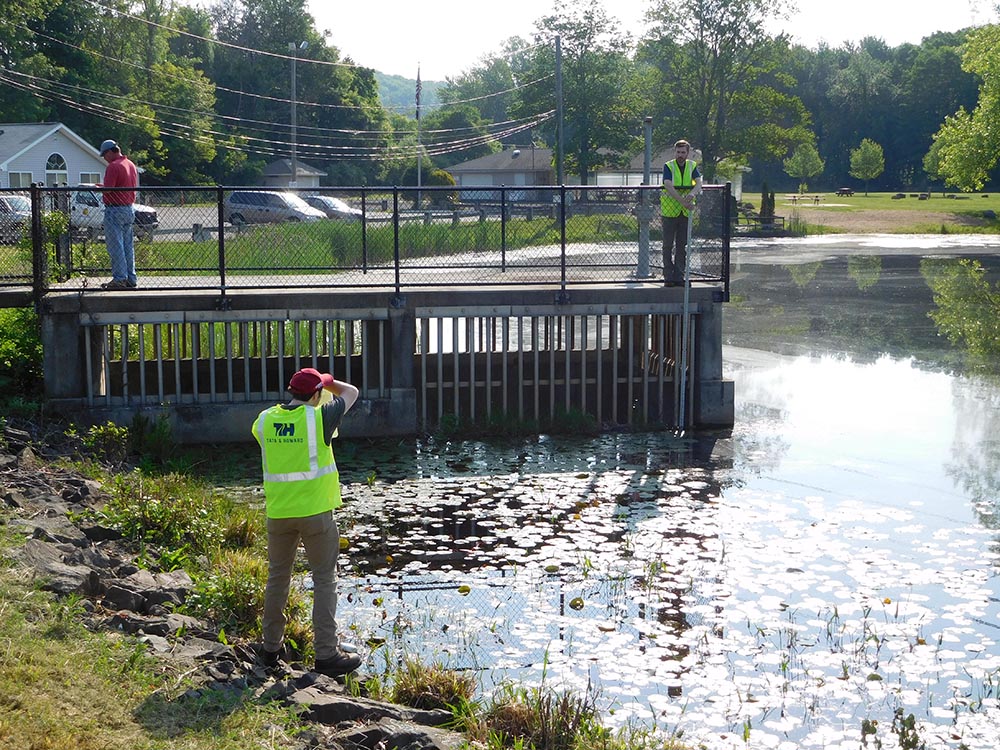
- Preparation of criteria to review and update the EAP at least once every two years, or more frequently as necessary to reflect significant changes to the dam structure or downstream area, including verification of contacts in the emergency notification charts. The criteria also include guidance for the dam owner to conduct an exercise or test of the EAP concurrent with the review.
- Preparation of aerial, location, and watershed maps for the dam.

